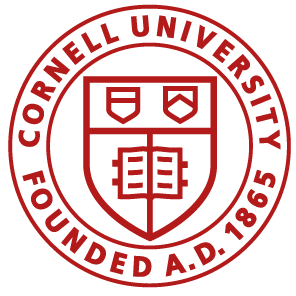CTL continues to partner with licensees for technology commercialization. CTL tracks the diligence of the licensee in its development. Occasionally, because of industry environment changes, licensees and CTL will make reasonable amendments to the original license.
For net income from the licensing of an invention, CTL will distribute according to Cornell policy:
- the inventor (if multiple inventors, as a group) will receive one-third
- one-third is split between the principal inventor’s college (60%) and central university research (40%)
- the university will retain the remaining one-third to help with the cost of the university technology transfer program
New products or services and successful startups will satisfy market and societal needs, leads to economic development, and generate impact for Cornell research and innovation.
Partnership with companies, licensees and successful entrepreneurs, will contribute back to the research and education engine of the university through sponsorship, donation and collaborations.



